Autocrine regulation of stomatal differentiation potential by EPF1 and ERECTA-LIKE1 ligand-receptor signaling
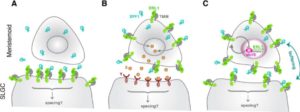 The patterning of stomata in epidermal tissues involves both positive and negative cues, as revealed by the phenotypes of mutants including too many mouths and speechless, but the precise interactions between identified gene products are still not fully resolved. Qi et al. explore the interactions between SPEECHLESS (SPCH) and MUTE, transcription factors, EPIDERMAL PATTERNING FACTOR2 (EPF2), a small secreted peptide, and a set of membrane receptors including TOO MANY MOUTHS (TMM), EPIDERMAL PATTERNING FACTOR1 (EPF1) and EPF2, and ERECTA and ERECTA-LIKE1 (ERL1). Key findings include that ERL1 is a MUTE-induced gene, and that EPF1-ERL1 signaling pathway inhibits MUTE. The authors propose a model in which the co-presence of EPF1, ERL1, and MUTE inhibits stomatal fate, and argue that EPF1 acts as an autocrine signal. eLIFE 10.7554/eLife.24102
The patterning of stomata in epidermal tissues involves both positive and negative cues, as revealed by the phenotypes of mutants including too many mouths and speechless, but the precise interactions between identified gene products are still not fully resolved. Qi et al. explore the interactions between SPEECHLESS (SPCH) and MUTE, transcription factors, EPIDERMAL PATTERNING FACTOR2 (EPF2), a small secreted peptide, and a set of membrane receptors including TOO MANY MOUTHS (TMM), EPIDERMAL PATTERNING FACTOR1 (EPF1) and EPF2, and ERECTA and ERECTA-LIKE1 (ERL1). Key findings include that ERL1 is a MUTE-induced gene, and that EPF1-ERL1 signaling pathway inhibits MUTE. The authors propose a model in which the co-presence of EPF1, ERL1, and MUTE inhibits stomatal fate, and argue that EPF1 acts as an autocrine signal. eLIFE 10.7554/eLife.24102




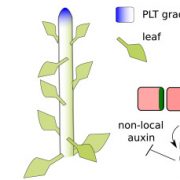
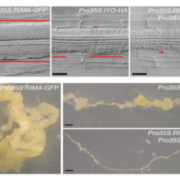
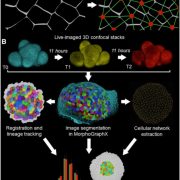
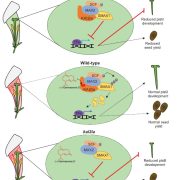


Leave a Reply
Want to join the discussion?Feel free to contribute!